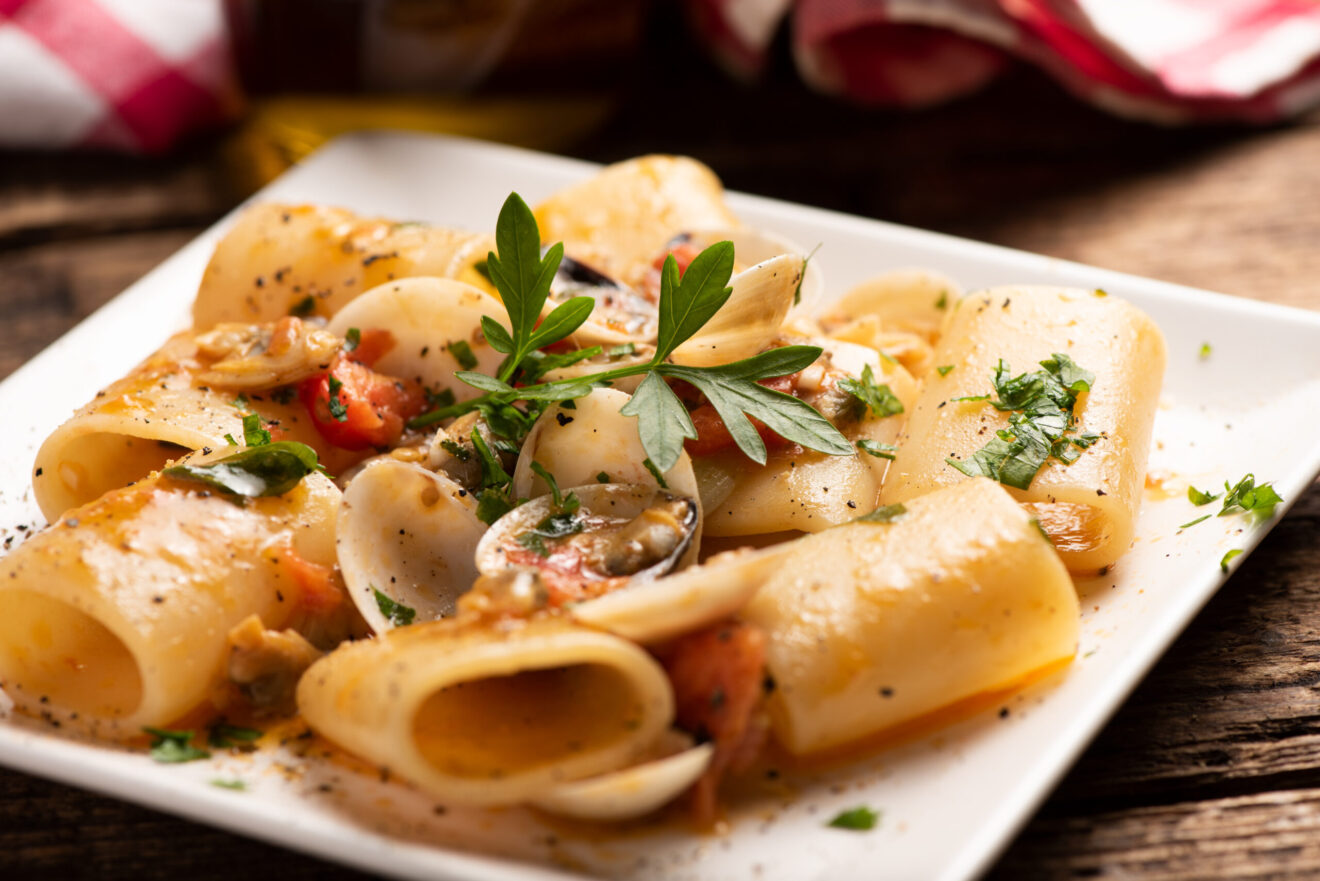The cuisine to know in 2024 isn’t a single cuisine at all.
Food and beverage intelligence company Datassential predicts that “New European” — an evolution of European cuisines with global influences — is the one to watch this year.
It’s certainly an about-face from recent years, as many European cuisines were stagnating in the US — and even in their home countries. During this time, Mexican surpassed Italian as Gen Z’s favorite cuisine, according to Datassential’s consumer preferences platform, and US consumers in general gravitated toward Mexican and Asian fare.
But on the rise now is a new generation of Italian, Greek, French and other European concepts that are defining the new, modern, European-inspired experience.
These new restaurants and concepts are opening across the US showcasing new dishes and ingredients that are not widely known by US consumers, incorporating interactive experiences that customers love, with influences or through combinations with other global cuisines, all in a less formal atmosphere.
US consumers can expect to see many more of these next-gen European concepts emerge this year and beyond, offering an experience that’s unique in every sense of the word, all while redefining European fare both in terms of the cuisine and the experience for generations to come.
Here’s a rundown of the three major cuisines at the core of this New European trend and how they’re evolving:
New Italian
- Because of American consumers’ high familiarity with Italian cuisine, some innovative chefs are taking inspiration from lesser-known, regional dishes to offer something unique. This includes cheeses like stracchino (up 32% on Italian restaurant menus in the last four years according to Datassential’s Menu Trends,) pastas like paccheri (large tube shape) or dishes like pizza al taglio (Roman-style pizza).
- Gluten-free and plant-based options are also trending on Italian menus — a counter to the carb, dairy and meat-heavy dishes of traditional Italian and a nod to customers’ growing dietary needs and preferences while still providing an authentic experience. And new, unique pasta shapes like creste di gallo, (resembling a rooster’s crest), radiatore (a dense, ruffled pasta) are adding interest to classic dishes.
- New Italian concepts are merging with other cuisines including Mexican and Japanese to create unique mashups. The design of new Italian restaurants encompasses a whimsical feel that will more easily catch potential customers’ eyes on social media.
New Greek
- Consumers are starting to gain an interest in more regional Greek dishes and ingredients, much like they began to view Italian food in terms of region (Tuscan, Northern, for example.) Americans are being introduced to regional Greek dishes like mpougatsa, a classic pastry in northern Greece, and operators are calling out specific regions more on menus.
- Operators are taking a cuisine that’s inherently experiential — think smashing plates and flaming saganaki cheese — and taking things up a notch, leaning into theatrics and taking their cues from modern eatertainment to create an environment that customers are hungry to capture on social media.
- Greek restaurateurs and manufacturers are highlighting the health benefits associated with dishes that are already tied closely with the highly popular Mediterranean diet, celebrating those that allow fruits, vegetables and seafood to shine.
New French
- Modern French restaurants are far less formal and more approachable to a wider swath of consumers, with fewer vestiges of the past, like tableside service, tasting menus and even white tablecloths.
- Resourceful chefs are blending French cuisine with other lesser-known global cuisines as a way to offer customers something new and familiar at the same time. They’re also shining a spotlight on global cuisines that were heavily influenced by French cuisine, showcasing the diversity of the cuisine.
- French concepts are also showcasing plant-forward menu options that still nod to and tie into classic French cuisine, from carrot tartare to mushroom escargot.
With US consumers traveling again and tourism booming in countries like Greece, there will be plenty of opportunities for operators to raise the bar and get customers excited about European concepts again.
Samantha Des Jardins is the content marketing manager at Datassential.
Recent related stories:
- What flavors should consumers expect in 2024?
- Value and AI among top 2024 food trends predictions
- It’s not too early to talk about winter flavor trends
_____________________________________
If you liked this article, sign up to receive one of SmartBrief’s Food & Beverage newsletters. They are among SmartBrief’s more than 250 industry-focused newsletters.
